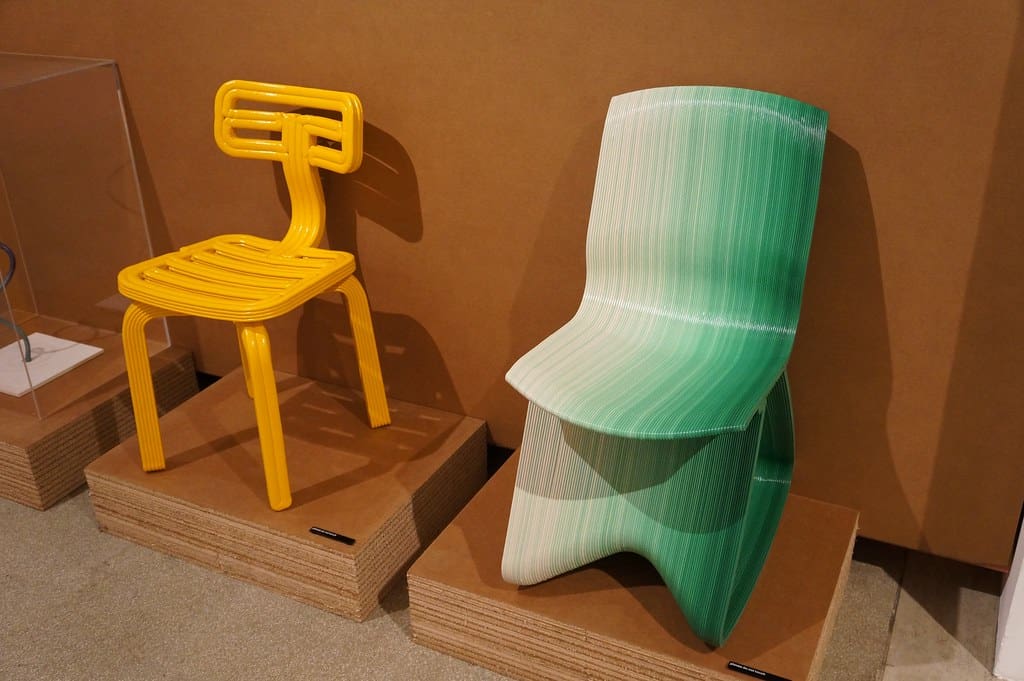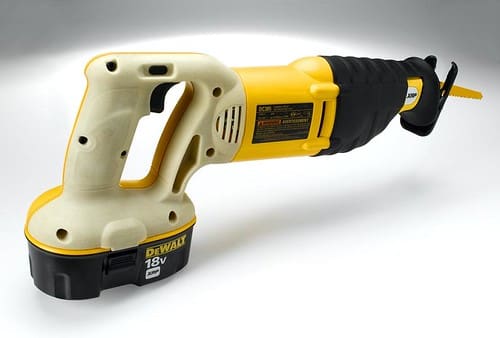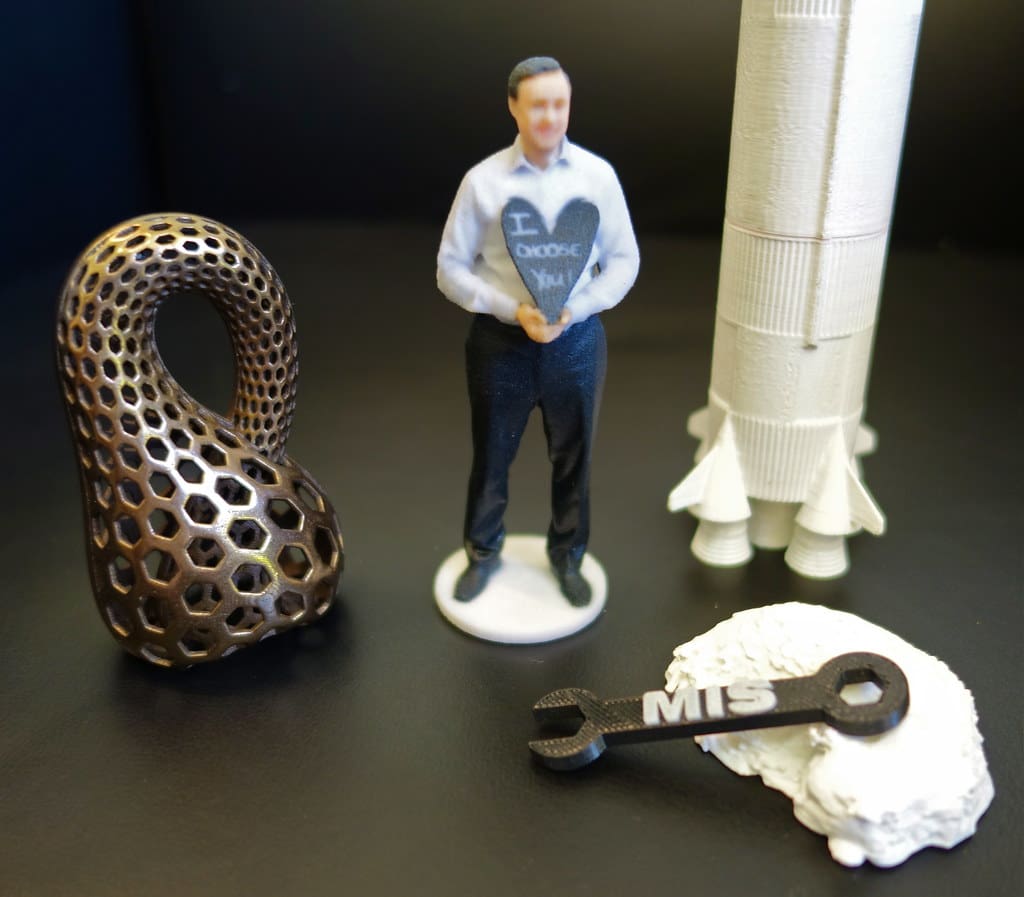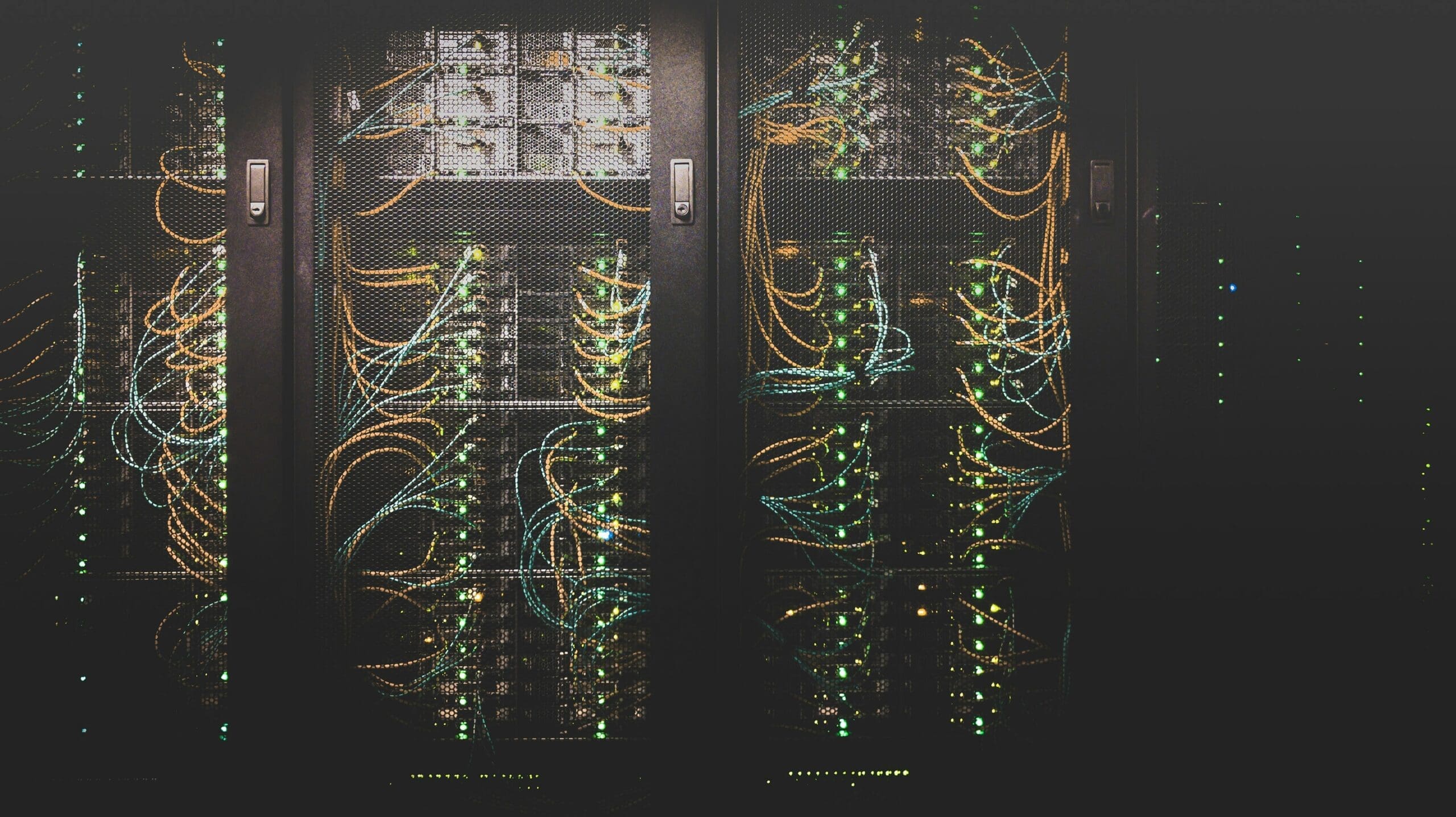3D printing is revolutionizing the consumer goods industry, offering unprecedented flexibility and efficiency in product design and manufacturing. By enabling mass customization, reducing costs, and accelerating development processes, 3D printing technology allows brands to meet the growing demand for personalized products and sustainable practices. From fashion and footwear to home decor and electronics, numerous sectors are embracing the possibilities opened by this technology.
Advantages of 3D Printing in Consumer Goods
3D printing brings several significant advantages to the consumer goods sector:
Customization: One of the standout benefits of 3D printing is the ability to customize products to individual preferences. Consumers can influence the design of everything from clothing and accessories to furniture and personal electronics, making each item uniquely theirs.
Speed and Efficiency: 3D printing streamlines the production process by enabling rapid prototyping. Designers can quickly develop and refine ideas, reducing the product development cycle from months to just days or hours. This speed not only accelerates innovation but also helps companies react swiftly to market trends.
Cost Reduction: Traditional manufacturing methods often involve significant material waste and high costs associated with unsold inventory. 3D printing minimizes waste by using only the material necessary to build an item, and it allows for on-demand manufacturing, which reduces the need to hold large inventories.

Key Applications of 3D Printing in Consumer Goods
3D printing has found applications across various consumer sectors:
Fashion and Footwear: In the fashion industry, 3D printing is used to create customized apparel and intricate jewelry designs that would be impossible to produce through traditional methods. Footwear giants like Adidas and Nike are pioneering the use of 3D printing for personalized sneakers, offering customers shoes tailored to their foot shape and gait.
Home Decor and Furniture: Designers are leveraging 3D printing to produce unique furniture pieces and home accessories. This allows for the creation of complex designs that reflect individual aesthetic preferences and fit specific spaces perfectly.
Toys and Games: The toy industry benefits from 3D printing by manufacturing custom, intricate toys and games. This technology also enables smaller companies or independent designers to bring unique ideas to market without significant upfront investment.
Consumer Electronics: 3D printing is instrumental in developing consumer electronics, especially for prototyping new devices. It allows companies to rapidly produce and test components like casings and buttons, speeding up the innovation cycle.

Challenges and Considerations
Despite its many benefits, 3D printing in consumer goods faces several challenges:
Material Limitations: The range of materials suitable for 3D printing still has limitations, especially concerning durability and aesthetics, which are crucial for consumer products.
Production Scale: While 3D printing is excellent for prototyping and small-scale production, scaling it for mass production can be challenging and not always cost-effective compared to traditional manufacturing methods.
Market Adoption: Consumer acceptance of 3D printed products varies, and there is still a need to educate the market about the capabilities and benefits of 3D printed items.

Future Trends in 3D Printing for Consumer Goods
The future of 3D printing in consumer goods looks promising, with ongoing advancements expected to address current limitations and expand its applications. Technological improvements will likely enhance the quality and reduce the costs of 3D printed products, making them more competitive with traditionally manufactured items. Additionally, as sustainability becomes increasingly important, 3D printing’s ability to reduce waste and energy consumption will make it a more attractive option for eco-conscious consumers.
3D printing is set to continue transforming the consumer goods industry by enabling more personalized, efficient, and sustainable production methods. As this technology evolves, it will unlock further potential for innovation and customization, allowing companies to meet the exact needs of their customers. For businesses looking to stay ahead in a competitive market, embracing 3D printing could be key to future success.








